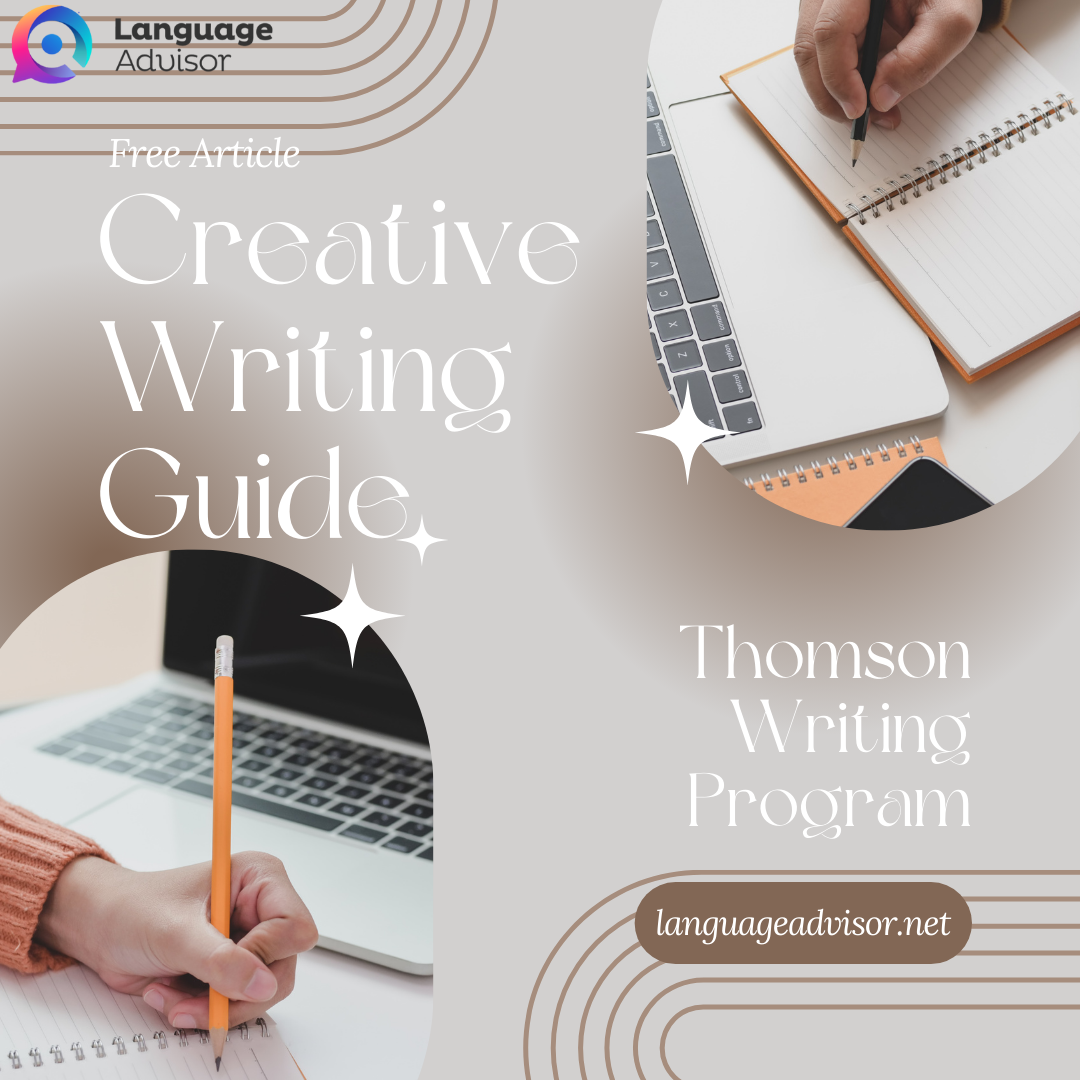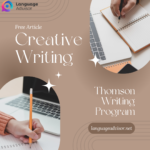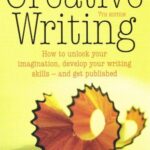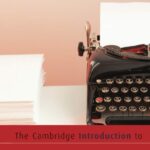Creative Writing Guide. A Free Practical Guide to Enhance Your Creative Writing Skills
Creative Writing Guide

Creative Writing Guide
Creative writing could be “defined” broadly as the pursuit of artistic ends through the written word. Fiction, non-fiction, poetry, creative non-fiction, prose poem, memoir—the possibilities for the form that your writing, and thus your message, may take are as diverse and numerous as there are writers writing. And as a creative writer, just as important as your final product is the process by which that product comes to be—how you develop your own personal toolbox of skills, strategies, and styles is going have an impact on the form your final product will take. It could be (and should be) argued that this is all, to some extent, true of writing in any discipline; —however, here we will focus on the tools that may be helpful specifically in a creative writing class. While it is important to be creative in such a class, it is equally important to keep in mind the skills or techniques being practiced in a given assignment. The development and demonstration of these skills is a necessary step; therefore, though you have some room for experimentation, it’s important to follow the assignment. This is where writing as an art form can be truly appreciated. On this page, our tutors have compiled some tips to help you as you learn and practice the tools you have at your disposal in a classroom setting (where there will be, for now, specific, guided expectations and assignments in order to help foster your toolkit).

Creative Writing Guide – General Tips
Given its breadth and open nature, creative writing can seem a bit overwhelming to even the most experienced writers. This section contains some tips on getting started, as well as some general reflections on what makes a good read and tips for students of creative writing.
How Do I Get Started? A Few Tips for Creative Writers
Use ‘the Channels’: One effective technique in terms of ‘getting started’ writing a piece is to zone into one of the ‘creative channels.’ While the channels can consist of basically anything, the central ones are:
Feeling: this would be your emotional response to things, what images are evoked when you think about a particular topic or image based on the feelings you get from it.
Thinking: this would be your introspective look at whatever topic you have, from a philosophical or logical perspective.
Observational: this is truly the most objective channel, where you write about something purely in a physical sense.
A five to ten minute ‘free write’ in one of these channels about an idea or something physical can both be good ways to figure out what to write about. For example, writing about a house through the feeling channel will produce something very different from the observational channel. A lot of material can come through free writing; it can spark an idea for a more focused piece.
Pick a book of poems or collected creative essays/story excerpts:
Go through the book and pick a few with a good opening line and ending line, then a few you feel are weaker.
Ask yourself why the selected are the stronger and weaker.
Usually the stronger will instantly draw the reader in with an intriguing action and conclude with an equally powerful image. The weaker are often predictable or non-unique images. Keep this in mind with your own writing.
After you start, take away what you love the most:
This can be very hard to do once you actually begin the composition process–there is bound to be a sentence, paragraph, or stanza that inevitably becomes your favorite.
However, in order to make the other parts equally as strong, an effective technique is to cut out the ‘favorite’ bit so that you can examine the remaining parts and see how you can make them as strong as the best one. Afterwards, you can put the removed component back in to see if the piece still flows.
Let it marinate:
Once you have finished a piece, try ‘putting it away’ for a day or two. Often, new inspiration will come from something that has already been written to produce something even better.

Some General Strategies
With creative writing pieces (be they creative non-fiction, poetry, or short fiction), there are a few useful strategies to remember that can contribute to the success of any given piece:
Every piece should be building toward a specific “moment”
Creative writing pieces become more focused and therefore stronger when the author learns to think of the piece as building toward a specific moment in time, as building toward a specific effect or image that the author wants to leave a reader with.
One very short example of a piece that builds toward a moment is below (as seen in the anthology New Sudden Fiction):
His guardian angel whispered to Fabian, behind his shoulder: “Careful, Fabian! It is decreed that you will die the moment you pronounce the word doyen.”
“Doyen?” asks Fabian, intrigued.
And he dies.
Though this is an incredibly short example of a story, the elements of a ‘moment’ are clearly present: The piece builds toward is Fabian’s death. The death is a surprise and a “moment” because of the irony: It is Fabian’s guardian angel who is ultimately responsible for Fabien’s death (it is hard to believe Fabien would have ever randomly said “Doyen”); also, when Fabien utters the fatal word he is “intrigued” instead of fearful. This turn in the final section of the piece is what causes it to be effective.
Had the piece been something like:
Fabien was staggering down the street, drunk, the smell of cheap whiskey assaulting the atmosphere around him. He was thinking about all the problems in his life when he stumbled into the street and was hit by a car.
Then the piece would not have been effective because there is no ‘turn’ here–it is not all that interesting or surprising that a drunk person would accidentally stumble into the street, it is only tragic; however, this tragedy does not constitute a “moment” or the sort of turn that would make a piece interesting and engaging to read because the piece has no complexity.
However, simply because moments are paramount does not mean the author has to know what moment he/she is building toward when he/she begins drafting. In fact, rarely will an author know what this effect will be before he/she sits down to write the piece.
Instead, the purpose and punch of the piece usually reveals itself to the author in the process of writing, and it is on the author to go back and recognize what contributes to building toward that “moment” and what does not.
Below is an example of a how a free-write can help lead to a theme and a moment:
“It’s a funny thing-that which can cause inanimate objects to take on great meaning. I remember my friend Oliver, with his glasses and his quiet way-the way he’d do everything slowly, the way that there was no rush—-excepting of course those moments of spontaneity and levity that seemed to randomly burst from him like juice from one of those gusher fruit snacks from the old days. How is it that a chess board can be such a slice of life? It’s plastic and felt that’s packaged in Korea by workers getting paid God-doesn’t-even-want-to-know how little. And yet in my hands, in my mind, those pieces come alive. It’s a delirious transformation, how sixty four checkered squares become relevant. The heads in the hands (which greases up the hair), and that wild look that the players can get-the savagery, the ire, the devil himself looking out from behind the eyes of someone that wouldn’t say a goddamn word to you if you cut in front of him at the Starbucks line. The board changes people.”
There are many images in this free write: it rambles about the author’s experiences at chess tournaments and wanders down various tangents; however, eventually the author finds a theme that he likes and sees has potential to use throughout the piece.
Even though at this point in the writing it may not be clear to the author what his/her moment is, the point of the free write is to find a starting point that the author knows will lead to some sort of moment, even if the author doesn’t know what exactly that moment will be.
In the above free write, when the author got to “The board changes people,” he subjectively saw this as a strong statement to use to start his piece because of the potential for interesting ultimate effects it offered—he could use interesting images to show how his opening statement is true, or he could focus the piece toward an ending line in which he contradicts the opening statement. Even if you do not know what your moment will be right away, if you find yourself thinking and talking about ultimate effect then you are on the right track.
If you have a piece that doesn’t seem to be building toward anything, sometimes it’s useful to just chat about the piece. Chatting is easier than free writing for many individuals; having someone to bounce ideas off of can provide you with a creative spark.
If you have a piece that is building toward something but it still seems awkward to you, that is probably because the piece is not taut–that is, not all of what is written contributes to the moment. In this case, ask yourself how different aspects of the piece contribute to the meaning and work from there.

Significant, concrete detail
Precise language is the difference between an engaging story or poem and a boring story or poem. Look for vague language and abstractions (some abstractions include hard-to-grasp concepts like intelligence, criticism, love, and anger which can often be more effectively shown through specific events, actions, or dialogue in a piece).
Though sometimes you may be using this language for some other purpose (like in dialogue to capture the voice of a character), generally speaking the more specific the language is the stronger the piece will be.
Janet Burroway’s book The Elements of Craft has a terrific discussion of significant, concrete detail which conveys this point well: “The notion of detail is important to the image because it moves away from the generalized notion and toward the particular. For example, creature is a generalized notion, hard to see except in the vaguest way. Animal is still vague…four-legged animal is a little more specific; domestic animal a little more; dog narrows the field; mix-breed Sheppard we can see, old Sammy asleep on the red rug, his haunches twitching in his dreams brings the dog into sharp focus in our minds.”
The best way to play with language is to find places where your language is vague. Sometimes, you will have a specific purpose in choosing the language that you did; more often, it might be the case that you go through your piece to find places where the language could be more precise.

Tips for Students of Creative Writing
Get Feedback. One major thing to keep in mind: While many people feel vulnerable because of their (academic) writing, anyone who expresses a desire to get feedback on their creative writing (either independently or in a class setting) might feel much more so because creative writing is often thought of as an indication of someone’s thoughts, feelings, and insights about the world. You are not alone if you feel this way! Feedback is important, so be sure to not let yourself feel as if you can’t get your writing out there—and as a student, getting feedback from peers and professors is going to be a major part of the learning process.
Revise According to the Assignment. Misconceptions of creative writing (especially for a class):
“It can’t be tutored.”
“It’s whatever you want it to be.”
“No one can say if it’s good or bad.”
Many people share these views about creative writing. On one level, they’re right. When you’re writing for yourself and only yourself, no one can judge it. When you take a creative writing class, though, assignments will be very specific and ask students to write in specific manners, using specific techniques.
Consider this prompt for ENGS 119: Advanced Poetry Writing:
Write a short poem (15-25 lines) with a clear descriptive purpose, in which all of the sentences are fairly short and have straightforward syntax: use no colons or semicolons; eschew compound subjects or verbs; avoid dependent or subordinate clauses. Please do not make the poem about childhood or a similarly limited perspective—keep the material in the land of complex thought. Bring this to class on Wednesday. For Friday, rewrite this poem as a single sentence, with subordination and compound sentence parts. Eliminating unnecessary repetition is okay, but try to keep all of the original content. Extend from this sentence into at least three more: double the length of the original poem, at least, after contracting it a bit.
This clearly has set requirements and the professor is obviously expecting certain types of poems to be turned in. So, that’s one thing that you, as a student of creative writing, need to recognize and can use as a way to “check your work”: understand the complexity of an assignment and, looking at the piece you have created, see if the poem or short story or essay meets the set criteria. Keep in mind that even though the content is (almost) always up to you, the actual writing, like any other writing, can always be improved. Don’t panic if all you know is academic writing. Many of the same principles apply even though this discipline is named “creative.” It is still writing and can always be improved (here is where feedback is especially important to the discipline).






